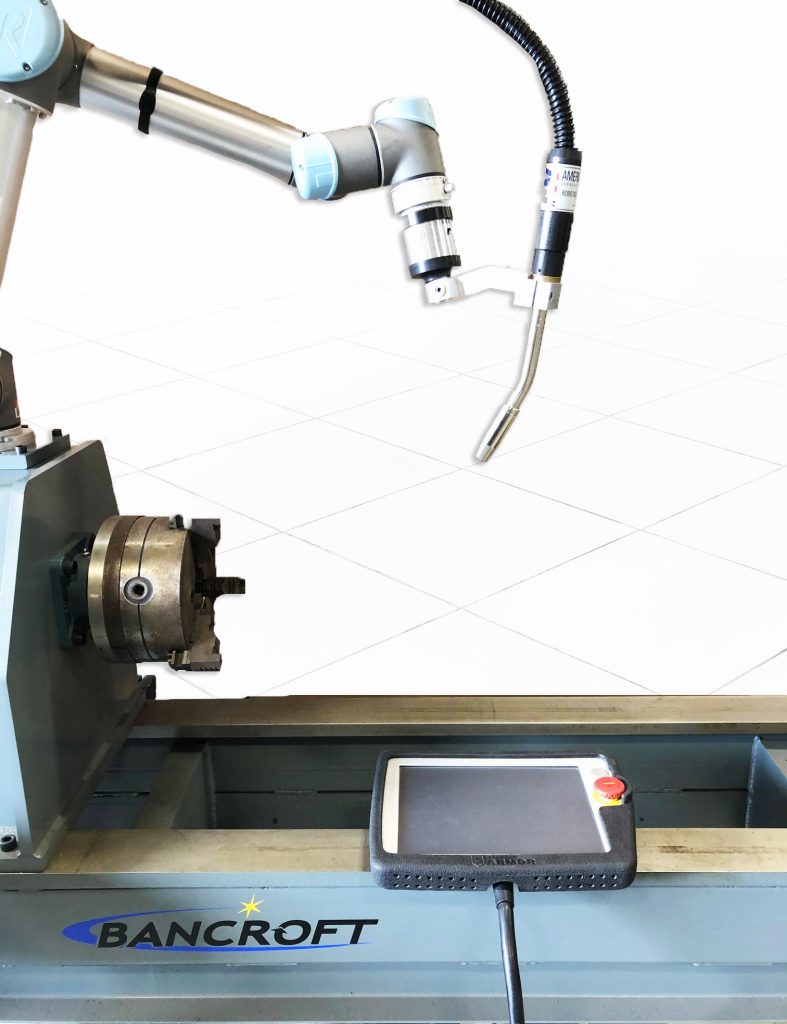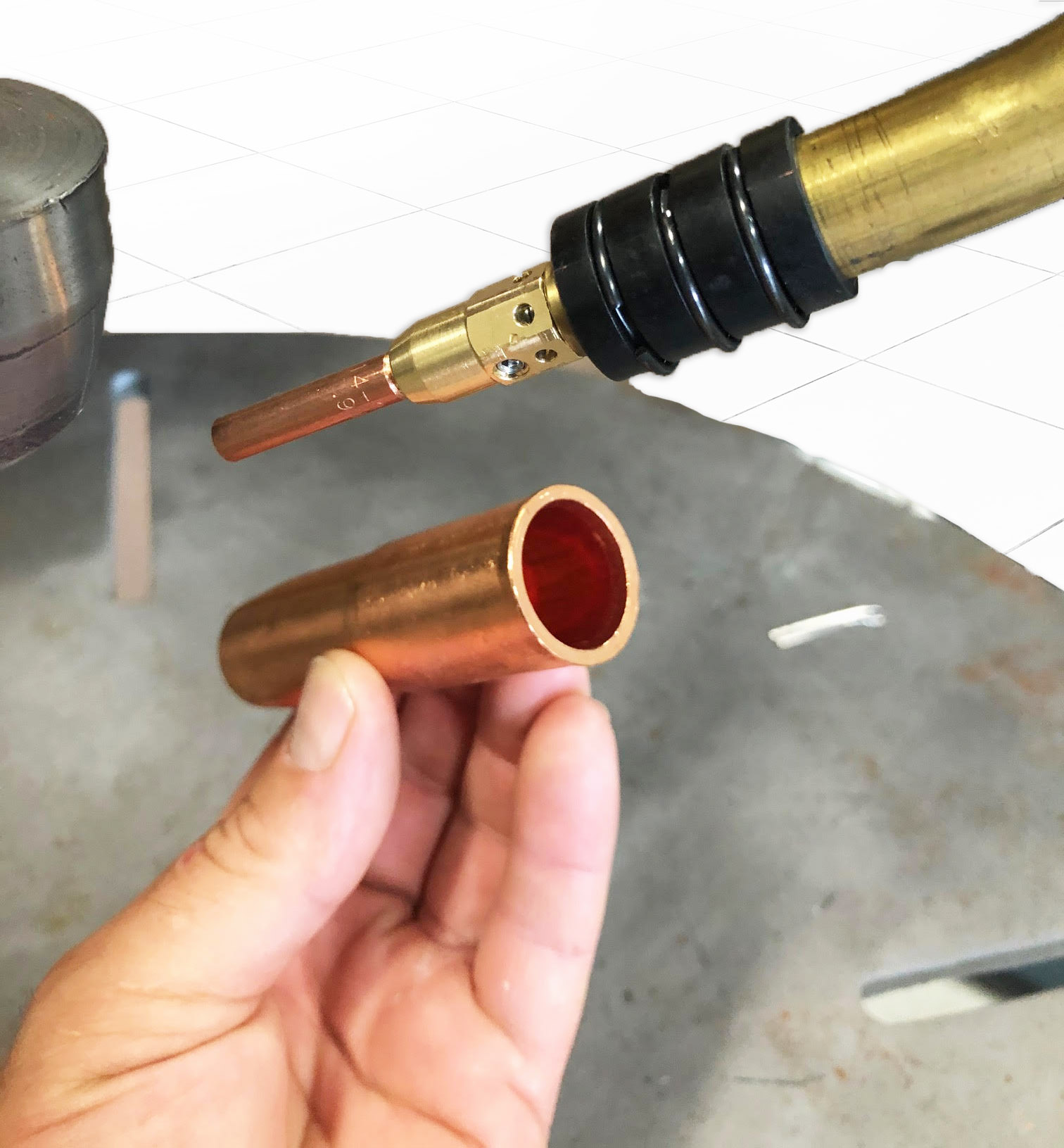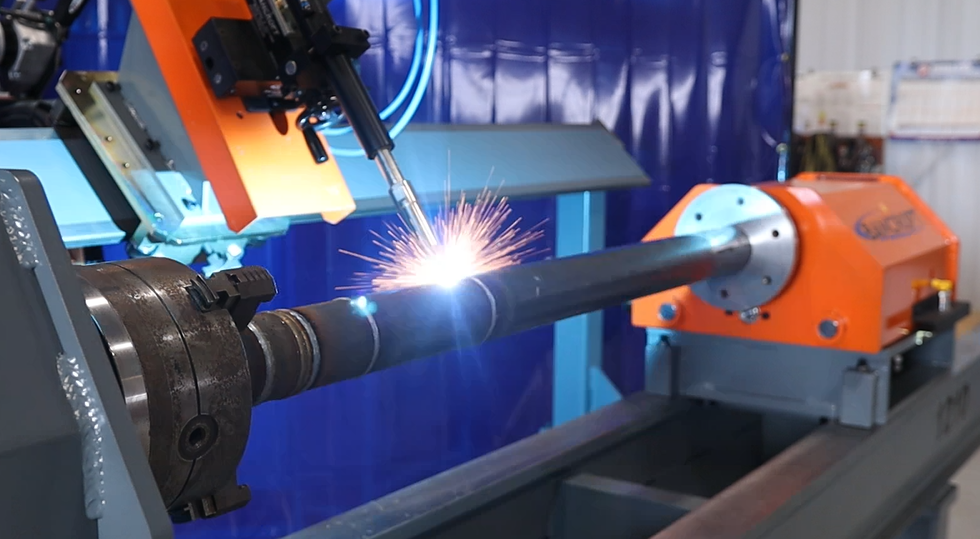Choosing equipment that provides the highest weld quality goes all the way down to the fine detail. The right welding nozzles—or contact tip—make a significate difference between running an efficient and productive shop or dealing with downtime to address problems. Gas metal arc welding (GMAW) guns have a variety of welding nozzle designs and styles to choose from—making it tricky to choose the right nozzle for your weld process.
The welding experts at Bancroft Engineering
About Weld Nozzles
The main purpose of a welding nozzle is to direct the shielding gas into the weld puddle in the best way possible. When selecting the right GMAW nozzle, you’ll need to keep in mind your welding application and joint access as some designs offer better gas coverage, while others allow better access.
Welding Nozzle Materials
The two most common materials used for welding nozzles are either copper or brass. Copper tends to be a better choice for overall spatter resistance, they also manage heat well at higher temperatures. Brass welding nozzles also have good spatter-resistant properties, but only in lower-amperage applications. Nickle-plated welding nozzles are also available and provide improved durability. Nickle is able to deflect heat, keeping the nozzle cool while welding. This allows for a longer life span and often is a preferred choice for robotic welding applications.
Weld Nozzle Shapes and Designs
Nozzle shapes include straight, bottleneck and short/long tapper styles. A straight welding nozzle usually has a larger inside diameter, but don’t offer the best joint access. If joint access is needed, a bottleneck nozzle is a better option. Bottleneck shapes are especially good for automated welding systems. Both short and long taper nozzles are also a common choice for achieving good joint access. When selecting your nozzle shape, keep in mind you’ll want to allow for the proper amount of gas to flow to the weld puddle. It’s best to use as large of a nozzle as possible that still allows easy access to the weld joint. This will ensure the greatest shielding gas flow and keep spatter to a minimum.

Threaded Welding Nozzle

Slip-on Welding Nozzle
Threaded vs. Slip-On Nozzles
The main distinction between threaded and slip-on welding nozzles comes down to speed and security of the connection. Threaded nozzles have a secure connection to the welding torch, preventing shielding gas leaks. This also helps align the contact tip correctly so the nozzle will not be off-center. A down-side to threaded nozzles is that they can be difficult to remove and replace—especially if spatter bridges into the threads. Slip-on welding nozzles are easy to remove and replace and are typically more cost-effective than treaded nozzles. Slip-on nozzles are ideal for welding applications that produce more spatter because their design protects the other welding consumables.
Custom Welding Equipment Builders & Welding Nozzle Experts
Weld gun nozzles play a critical role in your overall welding operation. Choosing the proper nozzle for the job will reduce welding defects, rework and downtime—this ultimately shows up in your bottom line! Bancroft Engineering is a leading supplier of custom welding equipment for manual, semi-automatic to fully automated welding systems located in WI, USA. Give us a call today at 262-786-1880 or email: sales@bancrofteng.com



